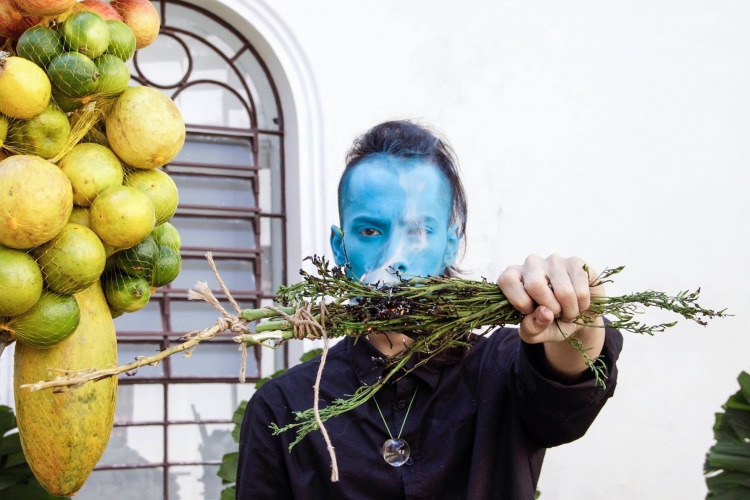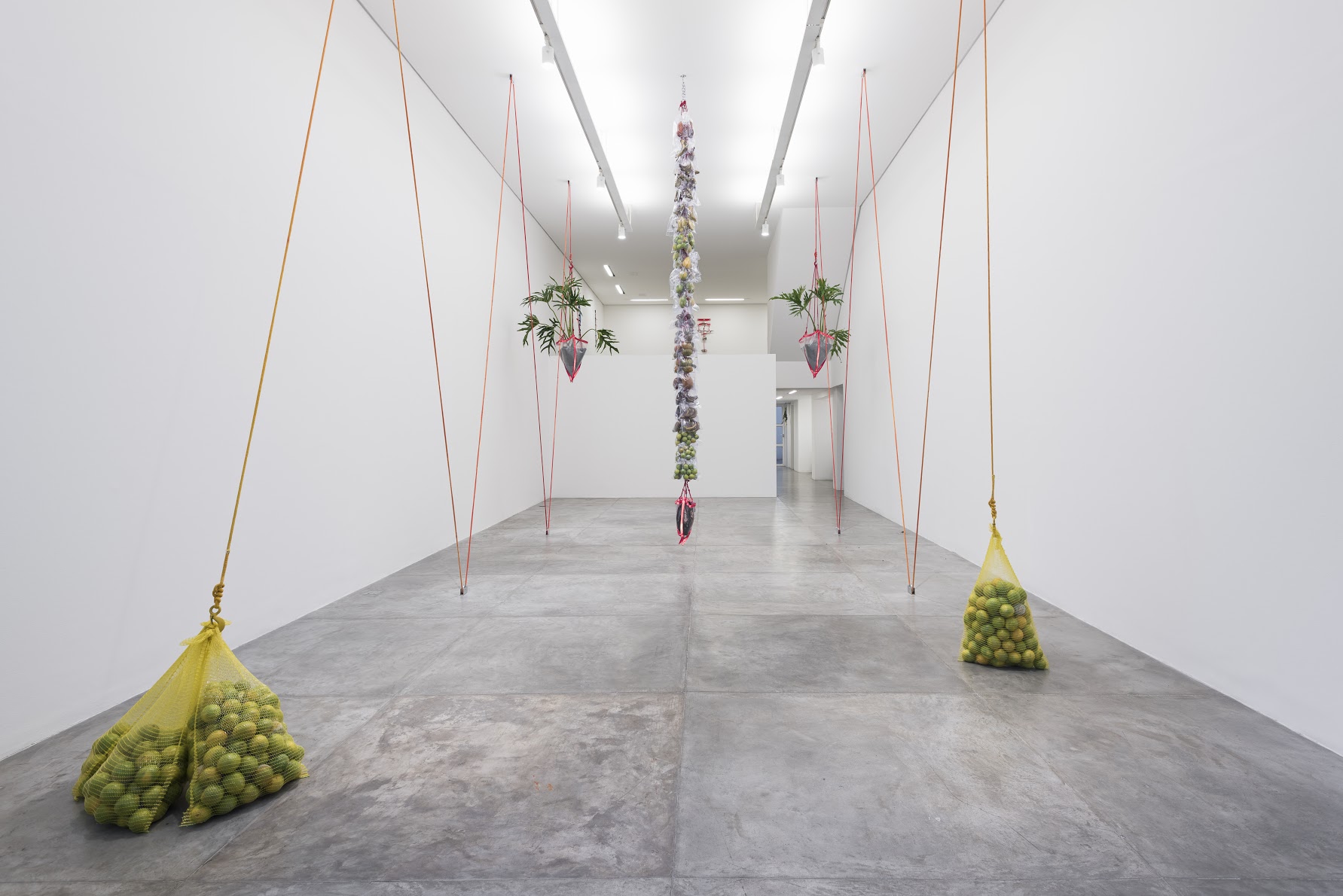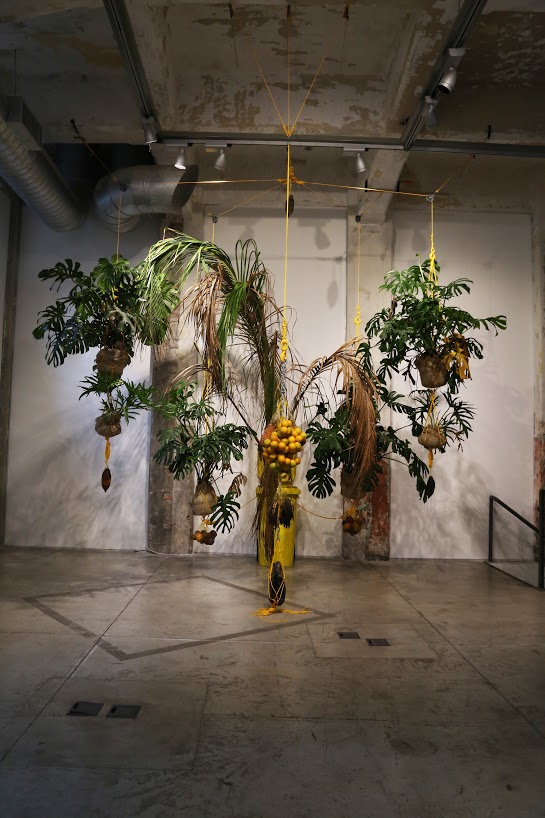Artist: Daniel Lie (Brasil)
Time is the cornerstone on which Daniel Lie’s artwork rests: from the oldest and deeply affective memories that include family and personal histories, until the duration of things in the world, the life span and extension of the states of the elements.
In his installations and objects, he uses things as things are. His work relates to performance concepts, i.e., an art that articulates time, presence and the ephemeral. To reveal and expose these three instances, Daniel employs elements that bear time in themselves, like plants, rotten fruits and minerals.
In his artistic search, Daniel focuses on the tensions between science and religion, between the ancestral and present, between shamanism and everyday life.
Daniel Lie, is an Indonesian and Pernambuco visual artist, who lives and works in Sao Paulo (Brazil).
Artwork: We assume from now on
The work of Daniel Lie will be developed within the framework of his one-month residency in the vicinity of NAVE, in Yungay district.
During this month, Lie will experience the city and its inhabitants. His objective is to study the sacred places, meet the residents of Yungay, analyze the independent cultural scene and study the native flora. Based on his observations, he will develop a work that will be installed in the house located at 2850 Compañia de Jesus.
El Lugar: La CA.SA
Preservation Status: None
The building is located at 2850 Compañía de Jesús, in the commune of Santiago. It was built in 1900 as a housing unit. Adobe was employed in its construction.
The original building surface was 340 square meters, on a plot of 570 square meters.
Informal sources indicate that after the coup in 1973, many residents of the area left their homes, that were acquired by the government. Many houses were probably abandoned, and many others went on auction.
In the 1990s, the process for recovering the local population implemented by the then-Mayor Jaime Ravinet failed to modify the non-residential structure imposed in the Pinochet era. Consequently the housing space abandoned in the 1970s remained unrestored.
Today, both Yungay District and Brasil District contain abandoned property. These properties have been subleased and due to the growth of the district, many are leased informally, on a tenement system that clusters numerous families in the same dwelling.
In spite of this situation, today these districts have slowly begun to be repopulated and many heritage properties are now under renovation. However, the lack of a comprehensive communal process among the inhabitants is still distinctive.


